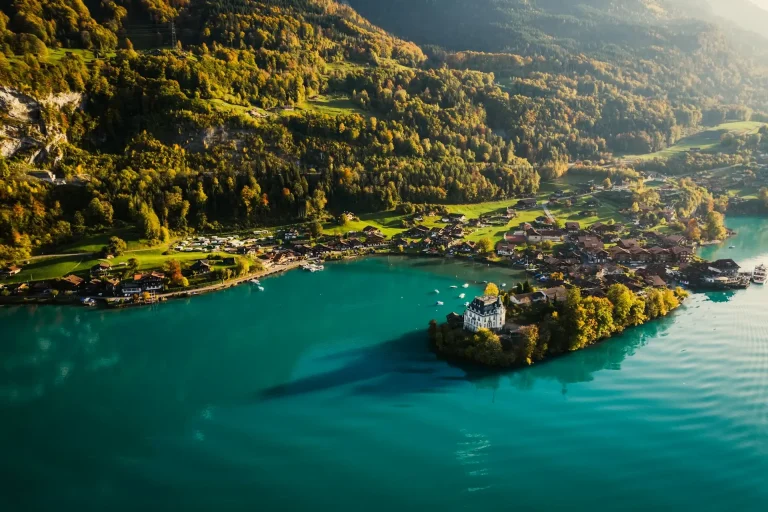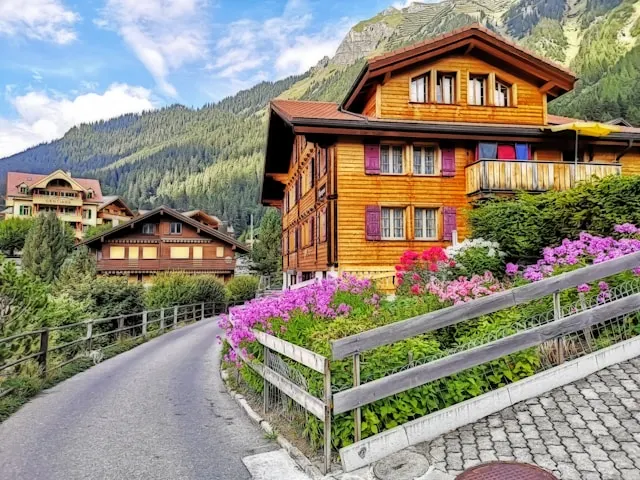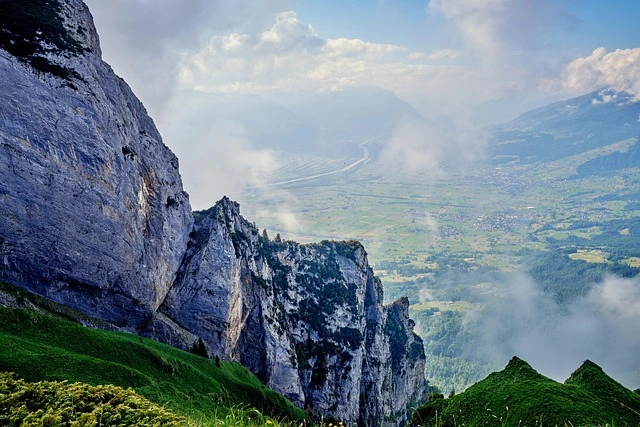Introduction
Basel Fasnacht is not just another European carnival. It is a living heartbeat of Swiss culture — three nights and three days when Basel transforms into a dreamlike city of lanterns, masks, piccolos, pounding drums, and poetic satire. For many travellers, it becomes one of the most unforgettable Switzerland experiences, because nothing else in the country feels as raw, authentic, and emotionally immersive as Fasnacht.

When Fasnacht begins at exactly 4:00 AM on Monday, the city lights switch off, and the streets fall into silence. Then suddenly — an ocean of lanterns glows to life, marching sounds echo through medieval alleys, and masked cliques flood the city in formation. This moment, known as Morgestraich, feels like time has stepped out of modern life and re-entered history. Thousands of lanterns paint soft moving colours over the old cobblestones, not just as decoration, but as storytelling canvases filled with political satire, humour, and artistry.
Visitors don’t “watch” Fasnacht — they enter it.
Instead of being a grand show for tourists, it is an identity ritual for the people of Basel, carried proudly by musicians and guilds who spend nearly a whole year preparing costumes, themes, and instruments. Every piccolo, every drumbeat, every mask is hand-crafted. There is no main stage and no fixed audience. The streets are the theatre — and everyone becomes part of the play.
The festival is deliberately unpredictable, lively, emotional, and symbolic. One moment you’re laughing at a witty lantern mocking world politics, and the next moment you’re quietly moved by the sound of a slow “Cortège” march echoing through narrow medieval lanes. It is a city of whispers and rhythm — all cloaked behind anonymity, so the message always matters more than the messenger.
To truly feel Switzerland beyond postcards and mountains, one must witness Basel Fasnacht once in life. It is the place where tradition doesn’t sit in a museum — it walks beside you, sings near you, hides behind a mask, and then surprises you with confetti.
The History of Basel Fasnacht & Its UNESCO Recognition
Fasnacht is deeply rooted in Basel’s cultural memory. Unlike many European carnivals influenced by royal courts or Mediterranean celebrations, Basel Fasnacht is tied to civic freedom, satire, and local identity. Its earliest documented references date back to the Middle Ages, though oral traditions suggest it may have existed even earlier as part of winter expulsion rituals and community renewal.
During Reformation periods, Basel developed one of the strongest independent urban cultures in Switzerland — and Fasnacht evolved into a festival that allowed citizens to express criticism and humour under the protection of anonymity. Satire, once dangerous, found a safe and artistic outlet through masked expression.
In a world where many festivals became commercialized over time, Basel Fasnacht fiercely preserved its independence. There are no outside sponsors, no corporate branding, no tourism staging. It remains by the people, for the people. This is one of the main reasons UNESCO recognised it in 2017 as part of the Intangible Cultural Heritage of Humanity.
UNESCO highlighted Basel Fasnacht not as a “show,” but as a living cultural system:
- It preserves intergenerational knowledge (music, costume craftmanship, satire writing).
- It strengthens community participation and civic identity.
- It protects cultural independence and authentic storytelling.
- It keeps satire as a form of democratic expression.
The same spirit that centuries ago allowed people to speak openly and creatively — still continues today. The masks are not just costumes; they are social freedom.
Main Highlights of Basel Fasnacht
Basel Fasnacht is not a single event — it is a cascade of experiences, each offering a unique glimpse into the city’s identity. For travelers seeking authentic Switzerland experiences, understanding the highlights is key.
Morgestraich – The 4 a.m. Lantern Parade
The festival begins at exactly 4:00 a.m. Monday with Morgestraich. All lights in Basel switch off, and thousands of participants march through the city carrying hand-painted lanterns. Each lantern is a work of art, often depicting political satire, social commentary, or humorous caricatures.
The soft glow of lanterns against cobblestone streets creates a surreal, almost magical atmosphere. For photographers and travelers alike, Morgestraich is a once-in-a-lifetime spectacle — a chance to witness Switzerland experiences that blend history, art, and community spirit.
The Cortege – The Grand Street Parade
The Cortege is the daytime parade featuring tens of thousands of masked participants organized in cliques. Each clique performs satirical acts while moving through Basel’s streets, accompanied by Guggenmusik (brass bands). The parade lasts several hours, showcasing the city’s humor, creativity, and social consciousness.
Guggenmusik Bands – The Iconic Soundtrack
Guggenmusik bands are an integral part of Basel Fasnacht. Their brass-heavy, rhythmic music fills the streets, energizing participants and spectators alike. Hearing this music while surrounded by colorful costumes is a core part of the authentic Switzerland experiences at Fasnacht.
Costumes and Masks – Waggis, Dummpeter, and More
Masks and costumes are more than decoration; they tell stories. Common characters include the Waggis (a boisterous Alsatian caricature) and Dummpeter (a foolish but endearing figure). Costumes are hand-sewn, often featuring elaborate embroidery and intricate designs. Every participant invests months of preparation, emphasizing the dedication behind these cultural Switzerland experiences.
Lantern Exhibition
Alongside the parades, Basel hosts lantern exhibitions where large, illuminated lanterns depict political satire or current affairs. Visitors can walk among these installations and explore the humor, artistry, and cultural references. It’s a subtle way to witness the city’s intellectual and civic spirit while enjoying a visually stunning spectacle.
Cultural Meaning and Traditions
Basel Fasnacht is steeped in tradition and cultural significance. The festival represents:
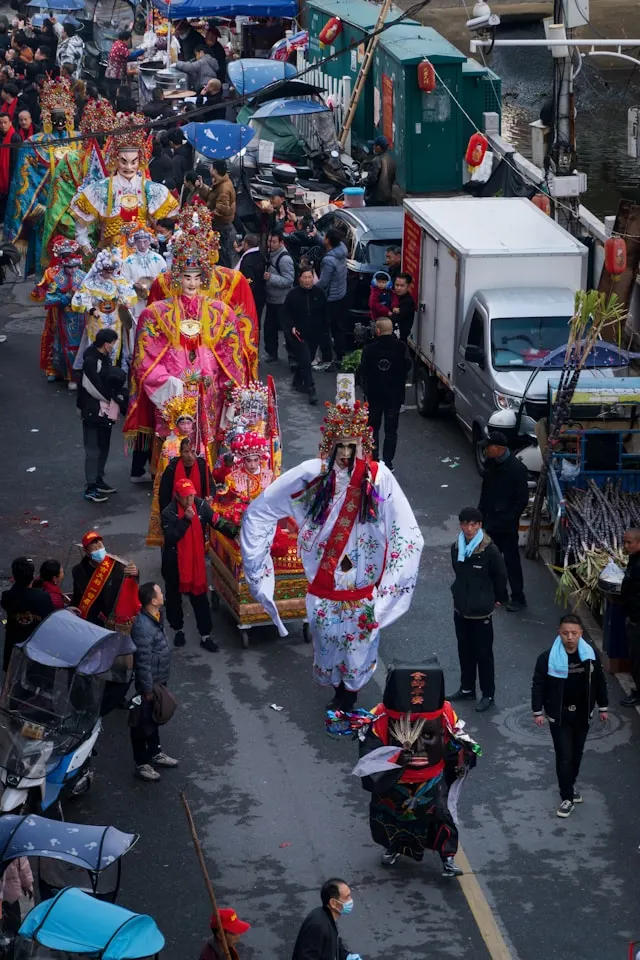
- Freedom of Expression: Political and social satire is central to Fasnacht. Through masks and lanterns, citizens comment on society while maintaining anonymity.
- Community Participation: Cliques train together for months, fostering teamwork and social cohesion.
- Intergenerational Continuity: Knowledge of music, costumes, and lantern-making passes down from elders to youth.
- Seasonal Renewal: The timing post-Ash Wednesday historically marked a shift from winter gloom to spring vitality.
For travelers seeking genuine cultural Switzerland experiences, observing and interacting with locals during Fasnacht is a profound way to connect with the city’s heartbeat.
What to Eat During Basel Fasnacht
No festival is complete without local cuisine. Basel offers seasonal treats, traditional dishes, and hearty snacks that perfectly complement the carnival atmosphere:
- Mehlsuppe: A traditional flour soup often served during Fasnacht’s early hours.
- Käsewähe: Swiss cheese tart — simple yet delicious.
- Basler Läckerli: Gingerbread cookies made with honey, almonds, and candied peel.
- Street Food Stalls: Vendors sell sausages, pretzels, and other festival-friendly bites.
Sampling these foods adds a flavorful dimension to your Switzerland experiences, making the festival not just a visual but a culinary delight.
Best Places to Watch the Festival
- Marktplatz (Market Square): Excellent for close-up views of cliques and lanterns.
- Mittlere Brücke (Middle Bridge): Great for photographs with the Rhine as a backdrop.
- Old Town Alleys: Less crowded and more intimate — you can catch detailed costume work up close.
Tip: Bring comfortable shoes and arrive early for a prime viewing spot. Many locals also recommend climbing small steps or balconies for panoramic shots, especially during the Cortege.
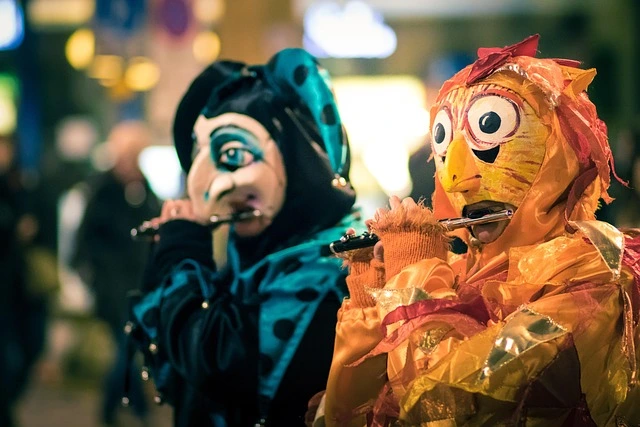
Where to Stay in Basel
Here’s a mixed-tier selection of hotels in USD, convenient for Fasnacht:
🌟 Luxury
- Grand Hotel Les Trois Rois
Iconic riverside hotel with suites from USD 450+ per night. Recently revitalized by Herzog & de Meuron, it offers a blend of 17th-century elegance and modern luxury. - Hotel Basel
Elegance and proximity to Old Town, prices from USD 400/night. A family-run hotel offering a blend of traditional charm and modern amenities.
🏨 Mid-Range
- Steinenschanze Stadthotel
Modern amenities in central Basel, prices from USD 250–300/night. A charming city hotel near the old town, offering a garden and a relaxed atmosphere. - Hotel Spalentor
Boutique feel with historic touches, prices from USD 220–280/night. Situated directly opposite the historical Spalentor gate, offering Swiss flair and four-star comfort.
💸 Budget
- Ibis Budget Basel City
Practical and affordable, USD 120–160/night. Modern, bright rooms with AC, free Wi-Fi, and flat-screen TVs. all.accor.com - easyHotel Basel
Minimalist, convenient, USD 130–180/night. Located in the heart of the city, offering clean and comfortable rooms. easyhotel.com
Booking in advance is strongly recommended, as Fasnacht draws tourists and locals alike.
Getting Around Basel During Fasnacht
During Fasnacht, public transport is highly recommended:
- Trams & Buses: Efficient, frequent, and cover the city comprehensively.
- Walking: Most parades move through narrow streets, so walking is necessary.
- Bike Rental: Limited during main parades due to crowds, but useful for off-peak exploration.
Tip: Streets near the main parade routes may close temporarily, so plan your arrival and departure accordingly.
Nearby Attractions
Basel has plenty to offer outside Fasnacht:
- Rhine Promenade: Perfect for a post-parade stroll.
- Basel Old Town: Cobblestone streets, historic squares, and hidden cafes.
- Kunstmuseum Basel: Switzerland’s oldest public art collection.
- Tinguely Museum: Modern kinetic art, a cultural complement to Fasnacht.
- Day Trips: Colmar (France), Rhine Falls, Lucerne (train-accessible).
Combining Fasnacht with sightseeing enhances your Switzerland experiences, blending culture, history, and natural beauty.
Why Basel Fasnacht is One of the Top Switzerland Experiences
Basel Fasnacht is a must-see cultural spectacle:
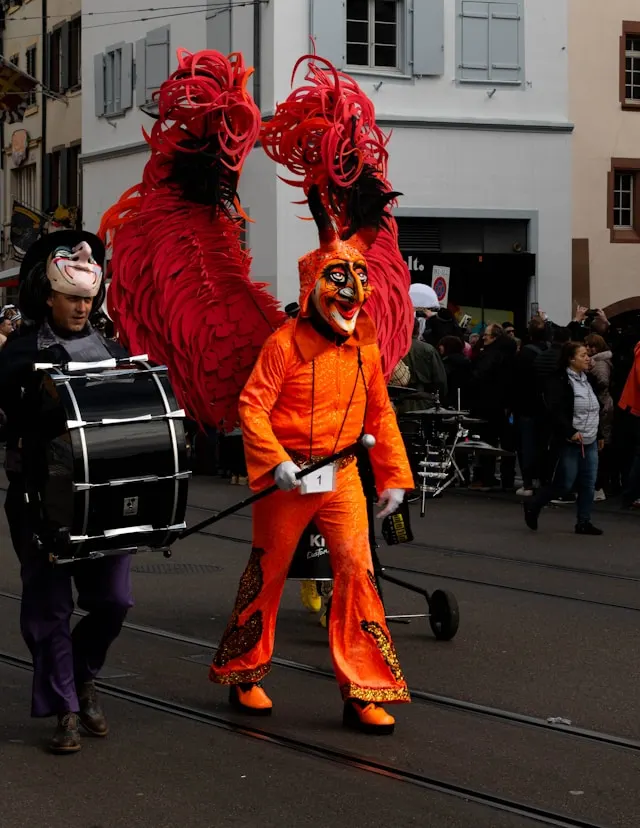
- Authentic: Locals preserve centuries-old traditions, free from commercialization.
- Vibrant: Three days of music, lanterns, costumes, and energy.
- Interactive: No stages — the city is your theatre.
- Cultural Depth: Satire, music, and craftsmanship reveal Basel’s social identity.
- Photogenic: Lanterns, costumes, Rhine backdrops, and dynamic parades provide endless photography opportunities.
It is the quintessential festival experience in Switzerland for travelers seeking more than postcards.
Practical Travel Tips
- Arrive Early: Popular spots fill quickly.
- Dress Warmly: Even in March, early mornings are chilly.
- Bring Snacks: Food stalls may have queues; a light snack is handy.
- Camera Tips: Use low-light settings for Morgestraich. Flash is discouraged.
- Respect Traditions: Don’t touch lanterns, costumes, or disrupt the parade.
- Plan Transport: Public transport is safer than driving.
Best Time to Visit + Duration
- When: Monday after Ash Wednesday marks Morgestraich start; parades continue until Thursday.
- Suggested Stay: 2–3 days allows for Morgestraich, Cortege, museum visits, and Rhine strolls.
This timing ensures you maximize Basel Fasnacht and enjoy broader Switzerland experiences without rushing.
Conclusion
For travelers seeking authentic switzerland experiences, Basel Fasnacht is a cultural treasure. From the magical Morgestraich lanterns to the energetic Cortege parades, from handcrafted masks to powerful brass music, every moment immerses you in Swiss identity and tradition.
Whether you are a history enthusiast, a cultural traveler, or simply curious, attending Basel Fasnacht offers an unforgettable, sensory-rich experience. It is the perfect way to explore Switzerland beyond mountains and lakes — by walking into its living traditions, connecting with its people, and witnessing a festival like no other.
contact us any other deatails. Contact Us….

